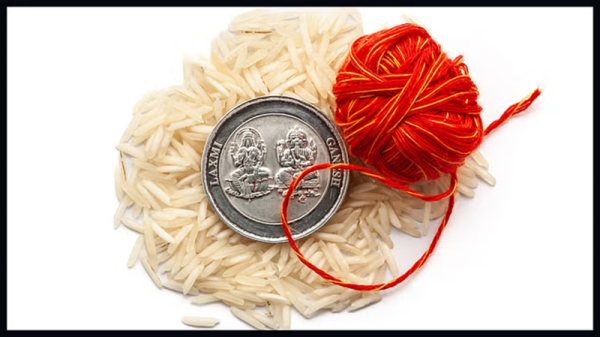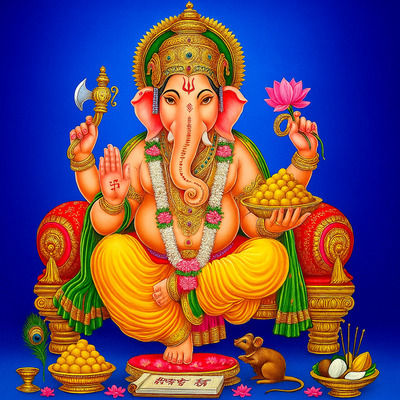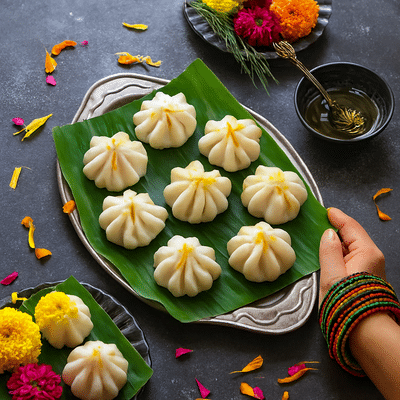
Kalawa Kaise Bandhein: In Hinduism, there is a tradition of tying Kalawa on the wrist before any auspicious work, which is also known as Raksha Sutra or Mauli. This practice is an important part of Vedic culture and the tradition of tying it during the yagya has been going on for centuries. It is also mentioned in mythology, which says that Lord Vaman tied Kalawa to the wrist of the demon king Bali for his immortality. In Sanatan Dharma, Kalawa is tied on the wrist during any auspicious work. It is also called Raksha Sutra or Mauli. Tying Raksha Sutra has been a part of Vedic tradition. If you are also thinking of wearing Raksha Sutra, then let us know how many times it should be wrapped, which Raksha Sutra should not be worn and what are the rules for tying it.

When should Kalawa be tied?
We can tie Raksha Sutra Kalawa on any day, but the auspicious time of the day on which the Raksha Sutra is tied must be seen. But when the Raksha Sutra is tied on the hand for more than 21 days, that is, it becomes old, then Tuesday and Saturday are considered the best days to remove it.
Benefits of tying Kalava
In scriptures and mythology, Kalava is worn as a Raksha Sutra. When we get Raksha Sutra tied by our sisters on Raksha Bandhan, this Raksha Sutra makes us realize our duty to protect them.
From a religious point of view, it is also considered an indicator of the Tridev Brahma Vishnu Mahesh, by tying it properly, the blessings of the Tridevs remain and the flow of positive energy remains.
From a health point of view, tying Kalava also benefits blood pressure (BP), diabetes, heart-related problems, and other physical problems.
By tying Kalava according to the rules, one also gets the favor of Mars and Jupiter.
For how many days should the Raksha Sutra be worn
It is often seen that after wearing the Raksha Sutra, people keep it tied for several months. However, doing this is not right. According to the scriptures, when the color of the Kalava that is on the hand for a long time starts fading, its energy also starts reducing and ends after a while, so Kalava should not be kept in the hand for more than 21 days. After 21 days, it should be removed and a new Kalava should be tied in an auspicious time.
Do not tie such Kalava.
According to the scriptures, the Kalava whose color has faded should not be tied.
After 21 days, it can be tied again in an auspicious time.
The Raksha Sutra removed from the hand should be flown in a flowing river.
If this is not possible, then a small pit should be dug at the root of a tree and it should be put there.
The right rule of tying Kalava
Men and unmarried girls should tie the Raksha Sutra in the right hand.
Married women should get the Raksha Sutra tied in the left hand.
While tying the Kalava, keep the fist of that hand closed, Dakshina should be kept in the fist and the person who ties the Kalava is given that Dakshina.
While tying the Kalava, the other hand should always be kept on the head. Kalava should be wrapped only three times or it can be wrapped five, seven or nine times.
During special festivals and during any special ritual and yagya-havan, a new Kalava should always be tied.








